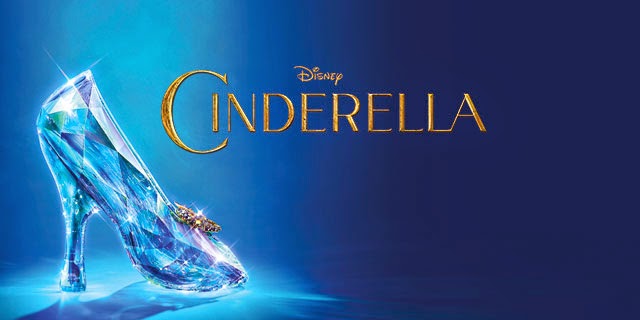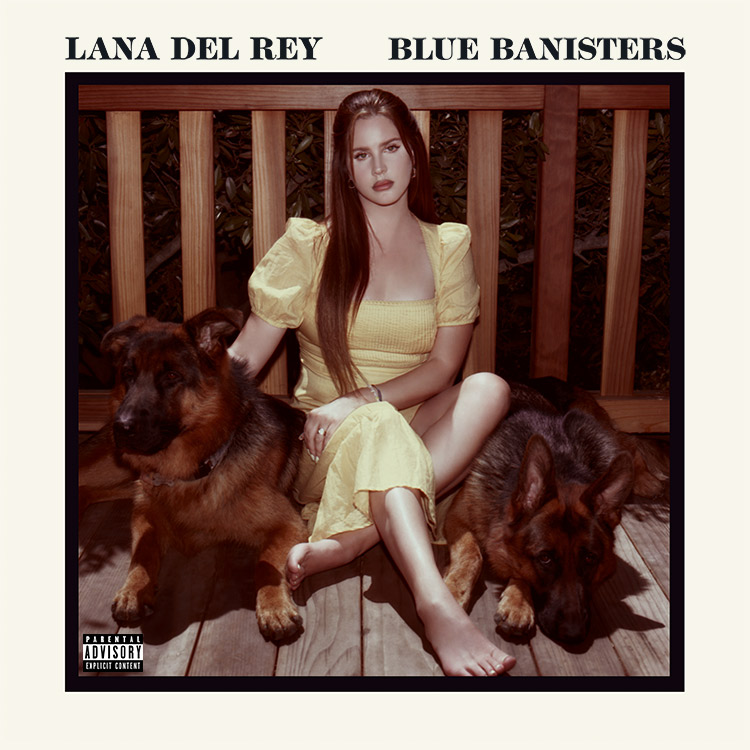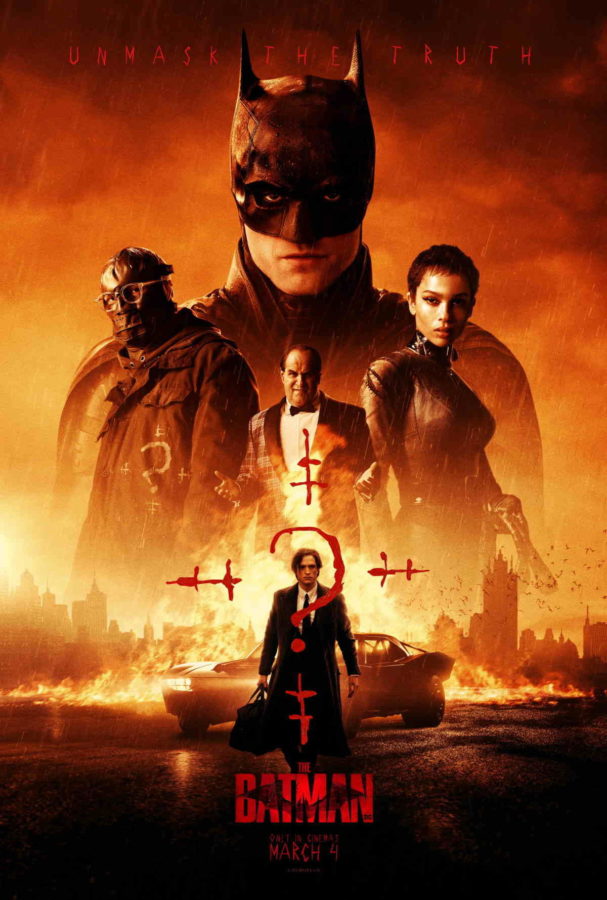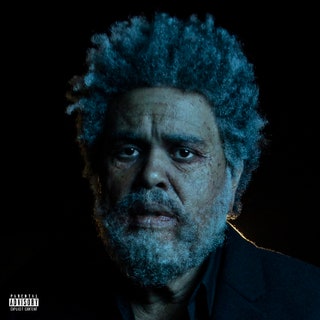Friday, Disney’s film “Cinderella” saw its commercial release in North American theaters. Kenneth Branagh directed the film on a budget of $95 million with a cast consisting of Lily James, Cate Blanchett, Helena Bonham Carter and others.
Analysts at The Hollywood Reporter expect it to hit the $65 million mark in box office sales before the end of its opening weekend. The film’s development began in 2010 shortly after Tim Burton’s box office triumph with “Alice in Wonderland.”
For all its intent, “Cinderella” is not an ambitious film and was never meant to be. It was destined from the beginning to be a rehash of Disney’s classic “Cinderella” animated feature. Unlike Burton’s “Alice in Wonderland,” however, the film offers nothing, and I mean nothing, new to the fairy tale that, as we know, has been and will be told ad infinitum.
The result is an outdated story full of outdated ideals that have been torn apart by feminist theory for the last century. If you’re looking for female leads who have some degree of agency and personal conflicts that concern things other than men, this isn’t the film to see.
The movie’s shortcomings don’t stop at its unoriginality. Helena Bonham Carter’s narration looks like an attempt to capture the classic fairy tale brand of storytelling, but it only manages to make the first hour of the film feel like exposition. I found myself waiting for the story to get rolling up until Kit (Richard Madden), otherwise known as Cinderella’s prince in question, finally showed up to offer a goal toward which the protagonist could move
to obtain.
Moreover, the pacing is necessarily slow. There is only so much to be told in the original story and because Disney plays it safe by adding no new content other than occasional filler, the plot only budges after 20 minutes of narration and depictions of relationships that are reduced to gestures and stereotypes.
Even though it’s apparent that Disney is only looking to capitalize on old content, it did manage to rake together a fantastic visual department. Wide shots of the ambiguously European kingdom are gorgeous, and the special effects in the movie’s latter half are top-notch. I won’t linger on the awkward CGI mice, because CGI is only so competent in live-action films.
Furthermore, it wouldn’t be a princess movie without the beautiful dresses, which are a highlight that anyone can enjoy; these aesthetic additions are enough to make me want to be a princess myself. If only the creators put as much effort into the film’s substance as they did its visual appeal.
The actors themselves provided most of the movie’s footing, despite the writer’s apparent lack of ambition. The acting compensates well enough for what depth the character relationships don’t have. Cate Blanchett and Helena Bonham Carter both offer noteworthy performances, although Bonham Carter only receives 10 minutes of screen time at most.
Sophie McShera and Holliday Grainger, who played the two step-sisters Drizella and Anastasia respectively, give the most charming performances next to Bonham Carter. In effect, I almost rooted for the step-sisters to win the fair prince’s heart.
Disney’s new “Cinderella” feels to me like an unnecessary new coat of paint. While watching, there is never any question about what will happen next in the story. I imagine this is Disney’s attempt at breathing new life into something that already has wide appeal; however, it comes off as an excuse not to expend the effort of creating new material while milking the princess movie cash cow all the same.
I should think that diehard Disney fans will enjoy this film immensely, as it supplies the kind of old-school magical appeal for which Disney is widely known. For those seeking something fresh, swipe left.































